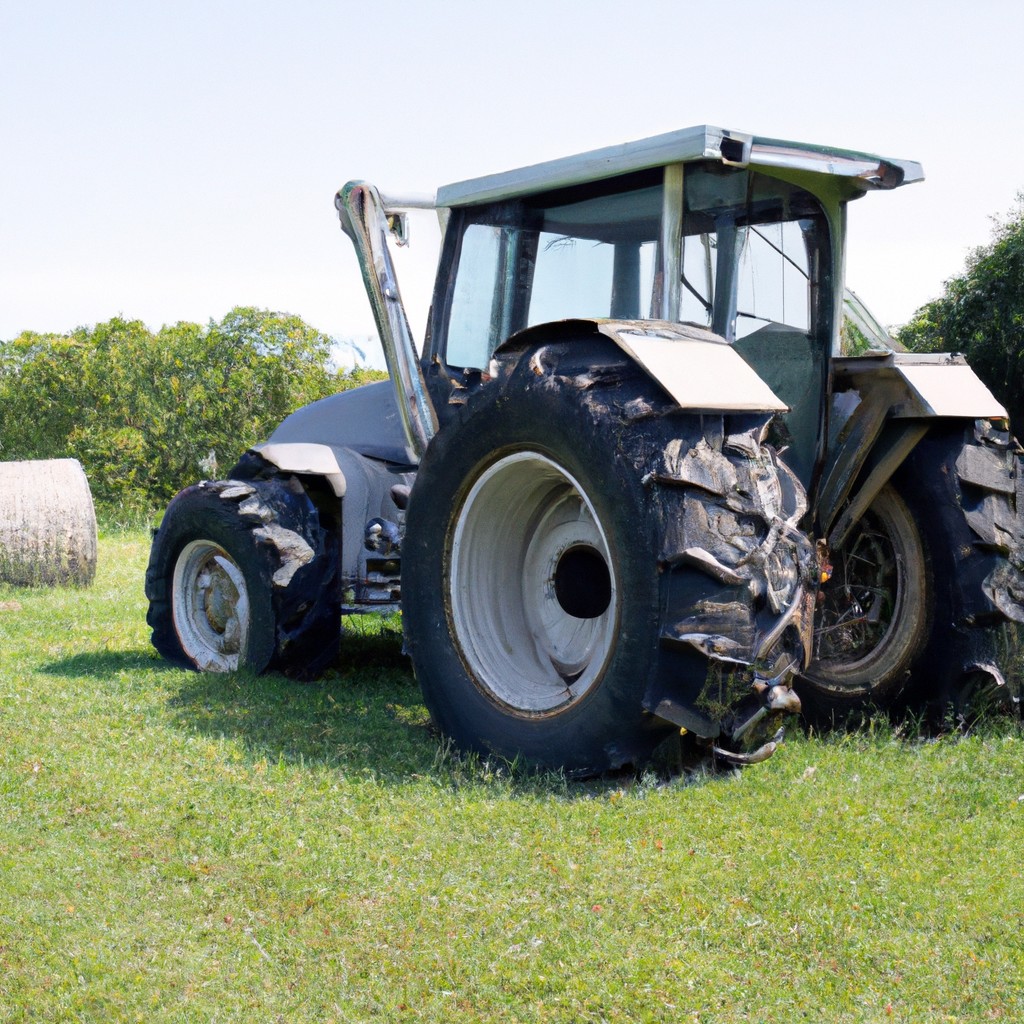This article provides a detailed overview of agribusiness, outlining essential strategies for efficiency and sustainability in agricultural business practices.
Look Inside:
Understanding Agribusiness

Agribusiness encapsulates all the economic activities linked to farming. It’s not just about growing crops; it spans the entire spectrum from seed supply and farm machinery to processing, distribution, and retail. By integrating various sectors, this business model optimizes the food production process.
At its core, agribusiness is about efficiency. Farmers leverage advanced techniques and technologies to boost crop yields and reduce waste. It’s as much about understanding market trends as it is about soil health, ensuring that products meet consumer demands at competitive prices.
Moreover, sustainability has become crucial. The industry increasingly focuses on practices that conserve resources, protect the environment, and support community well-being. This shift is not only ethical but also economic, as sustainable practices can lead to long-term financial gains.
Lastly, agribusiness heavily relies on collaboration among farmers, agronomists, researchers, and government agencies. This interconnectedness helps in innovating and adopting practices that lead to more resilient agricultural systems. By understanding these dynamics, stakeholders can contribute more effectively to the global food supply chain.
Agribusiness Challenges
Climate volatility presents a major hurdle, influencing crop yield and quality. Farmers must adapt quickly to unpredictable weather patterns, posing a continual challenge in maintaining consistent production levels.
Resource scarcity, particularly water and arable land, intensifies competition and necessitates innovative, sustainable practices to keep farms operational and eco-friendly.
Market fluctuations can significantly affect profitability. Farmers must stay informed about market trends and demands to optimize their sales strategies and avoid financial losses.
Regulatory changes often require quick adjustments to farming operations. Staying compliant with new laws and regulations is essential but can be costly and time-consuming.
Technology adoption, although beneficial, involves substantial initial investments and learning curves. Farmers must weigh the costs and benefits of new technologies, like automated machinery or crop monitoring systems, which can be a barrier for smaller or financially constrained operations.
These challenges require resilience and strategic planning from those involved in agribusiness to navigate successfully through an industry as dynamic as agriculture.
Use of New Technology
Advancements in technology have dramatically transformed how agribusinesses operate. Precision agriculture tools, for instance, allow farmers to optimize field level management regarding planting, fertilizing, and harvesting. This technology uses GPS and IoT sensors to tailor farming practices to small variations in field conditions, enhancing yields while conserving resources.
Drone technology is also making waves, providing a bird’s eye view for monitoring crop health and irrigation systems. Drones can quickly cover large areas, delivering data that helps detect pest invasions, disease outbreaks, and underperforming sections of a field.
Artificial intelligence and machine learning are further pushing the envelope by predicting agricultural outcomes. These technologies analyze data from various sources to forecast weather conditions, crop productivity, and market demands, guiding farmers on when to plant and harvest.
Blockchain technology secures data across the agricultural supply chain, ensuring traceability and reducing fraud. This transparency strengthens consumer trust as they have access to the product’s journey from farm to table.
By integrating these technologies, agribusinesses can achieve higher efficiency, improved sustainability, and increased profitability.
What Are the Three Main Categories of Agribusiness?
Agribusiness encompasses a broad spectrum of activities that contribute to the agricultural sector. It can be classified into three main categories: production, supply chain, and support services.
The production sector focuses on the creation of raw agricultural products. This includes farming, livestock rearing, and aquaculture, where the primary goal is to produce food, fiber, and other required materials.
Moving on, the supply chain is critical for transporting these raw products from farms to processing facilities and eventually to consumers. This category involves logistics, warehousing, and wholesaling. Efficient supply chain management is crucial for ensuring fresh products reach the market in a timely fashion.
Lastly, support services provide necessary backing to both production and supply chain operations. This includes agricultural finance, insurance, marketing, and research & development. These services play a pivotal role in improving production efficiency and product distribution.
Each category is interdependent, contributing to the seamless operation of the global agricultural network.
What Is the Future of Agribusiness?
The trajectory of agribusiness points towards integration with advanced technology, sustainability, and global trade dynamics. Here are some notable trends:
Precision farming will become more prevalent. By using GPS and IoT sensors, farmers will be able to monitor crop health and soil conditions in real time. This means less waste and higher crop yields.
Sustainable practices will also take center stage. As consumer demand for eco-friendly products increases, more businesses will transition to organic farming and regenerative agricultural methods, helping to restore ecosystems.
Finally, supply chain improvements will streamline operations. Blockchain technology, for example, will increase transparency, enabling consumers to trace the journey of their food from farm to plate. This will likely strengthen consumer trust and brand loyalty.
These advancements anticipate significant shifts in the way we produce, market, and think about our food.




